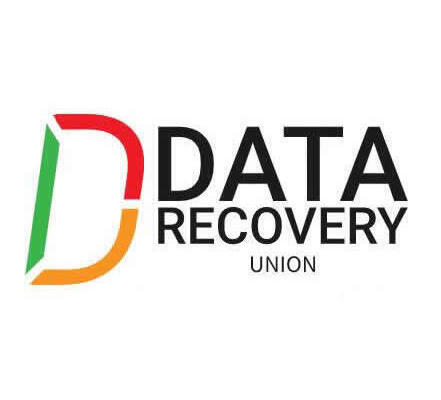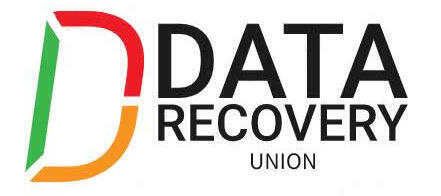The basic idea of RAID (Redundant Arrays of Inexpensive Disks) is to combine multiple small, independent disk drives into an array of disk drives which yields performance and recoverability exceeding that of a Single Large Expensive Drive (SLED). Redundancy is also provided (unless RAID 0) which allows easy and often automatic recovery from hard disk crash. With the reduction in price of ATA and SATA drives it is often a good idea, even for desktop computers, to setup a RAID 1 system to allow you to function in the event of hard disk failures. In RAID 1 two hard disks (or portions of them) mirror each other. RAID 1 is essential for our environment. I have tested both Windows software RAID facility as well as Linux RAID capability. Linux RAID support is way superior to Windows and should by itself be the reason to switch to Linux. I have given 4 reasons to support my claim below.
Linux supports RAID on block devices. So you can setup RAID between two partitions on the same hard disk or even on two RAID 0 arrays, effectively creating RAID 10 array. Windows simply supports RAID 0 and GBOD (known as linear on Linux) only for non-server users. Linux support all RAID variants. Even Windows server doesn’t support the intermediate RAID variants.
In Linux as well as Windows you can create RAID arrays spanning machines.
In Windows you cannot install the operating system on RAID. In Linux you can even install the operating system on RAID file system. This means if one of the hard disk dies you can easily boot from the other hard disk (assuming you transferred the MBR earlier).
If you have spare hard disks, Linux will automatically configure it and add to the RAID array, should one of the RAID disks fail. This is to my knowledge not possible in Windows.
Linux RAID can be easily configured during installation. All the partitions (/, /opt and even swap) can and should be RAID enabled. Windows RAID is harder to configure and is done after installation of the OS, from disk management.
Comprehensive RAID support by itself (not to mention security) should be reason enough for SMB servers to switch to / use Linux.

